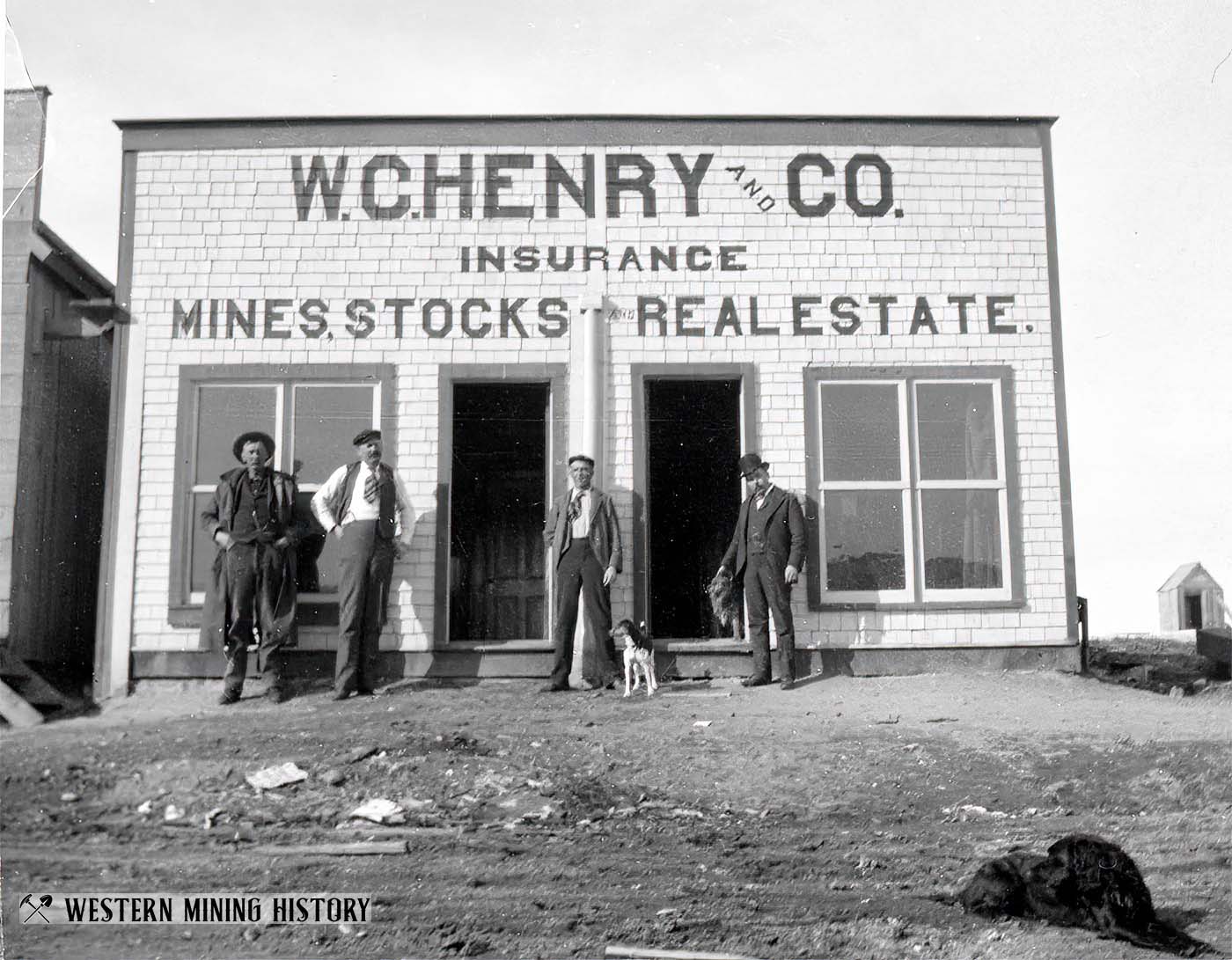Encampment History
Encampment, Wyoming was settled in 1897 after copper discoveries in the mountains west of the town site. The town was originally known as Grand Encampment, named after an 1830s rendezvous by trappers and traders in a place they named Camp le Grand, at the base of the Sierra Madre Mountains in south central Wyoming.
Although early citizens continued to call the town Grand Encampment, the Postal Service objected to the name so it became just Encampment.
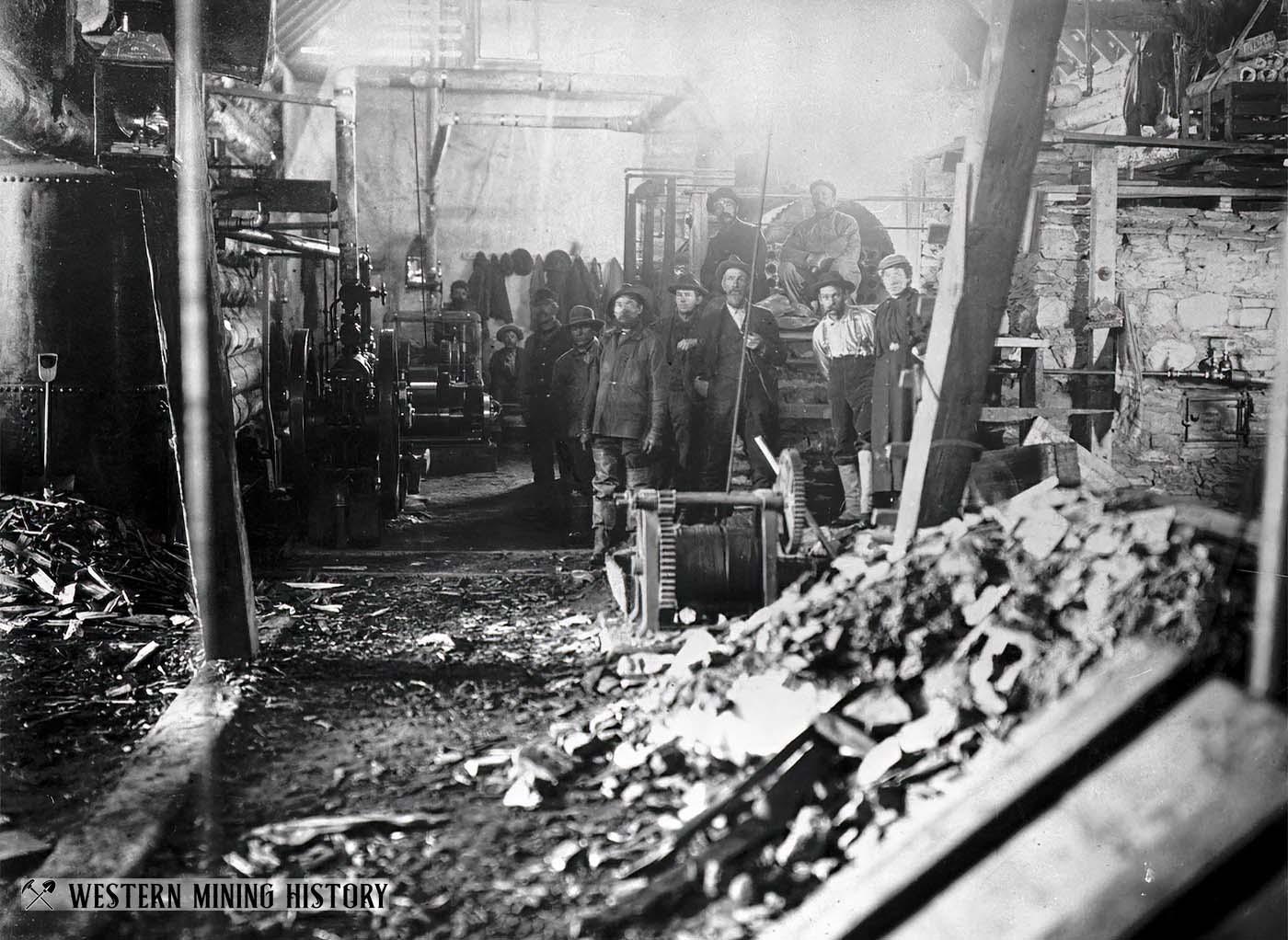
Silver-lead deposits that carried small amounts of gold were discovered starting in the 1870s, but were not rich enough to develop at that time. Copper-bearing veins were also noted but interest in copper was low during this period. As electrification increased demand for copper in the late 1800s, interest in the copper potential of the area was renewed, and important discoveries were made in the late 1890s.
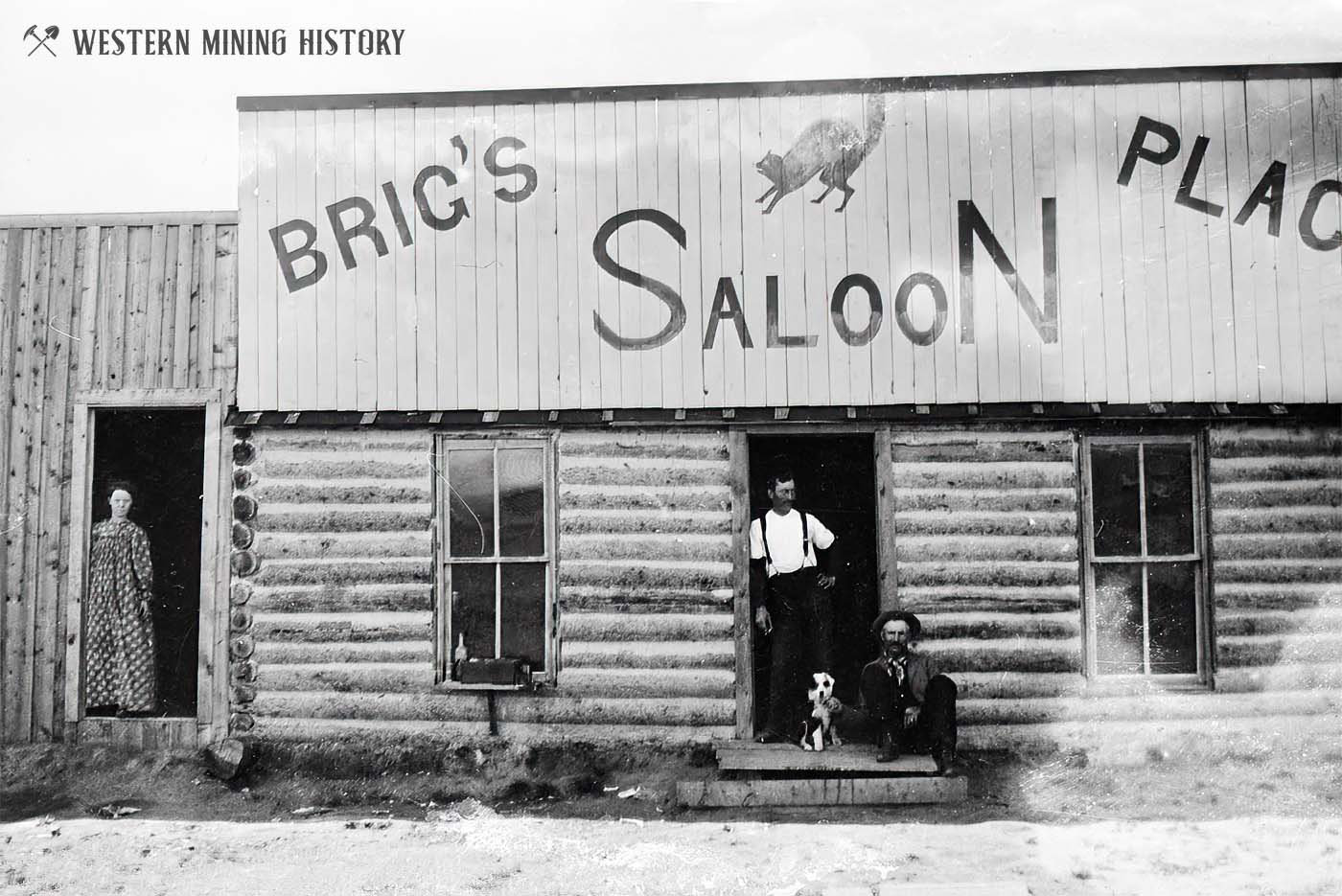
One of these discoveries was the Ferris-Haggarty, or Rudefeha, as it was formerly called. The property was located in 1898 by Ed Haggarty, and was operated by a Wyoming company until the summer of 1902, when it was purchased by the North American Copper Company.
The new owners of the company made significant investments in both the mine and the town. Most notable of these investments was the smelter and mill at Encampment and the sixteen-mile-long aerial tram that linked the facility to the Ferris-Haggarty mine.
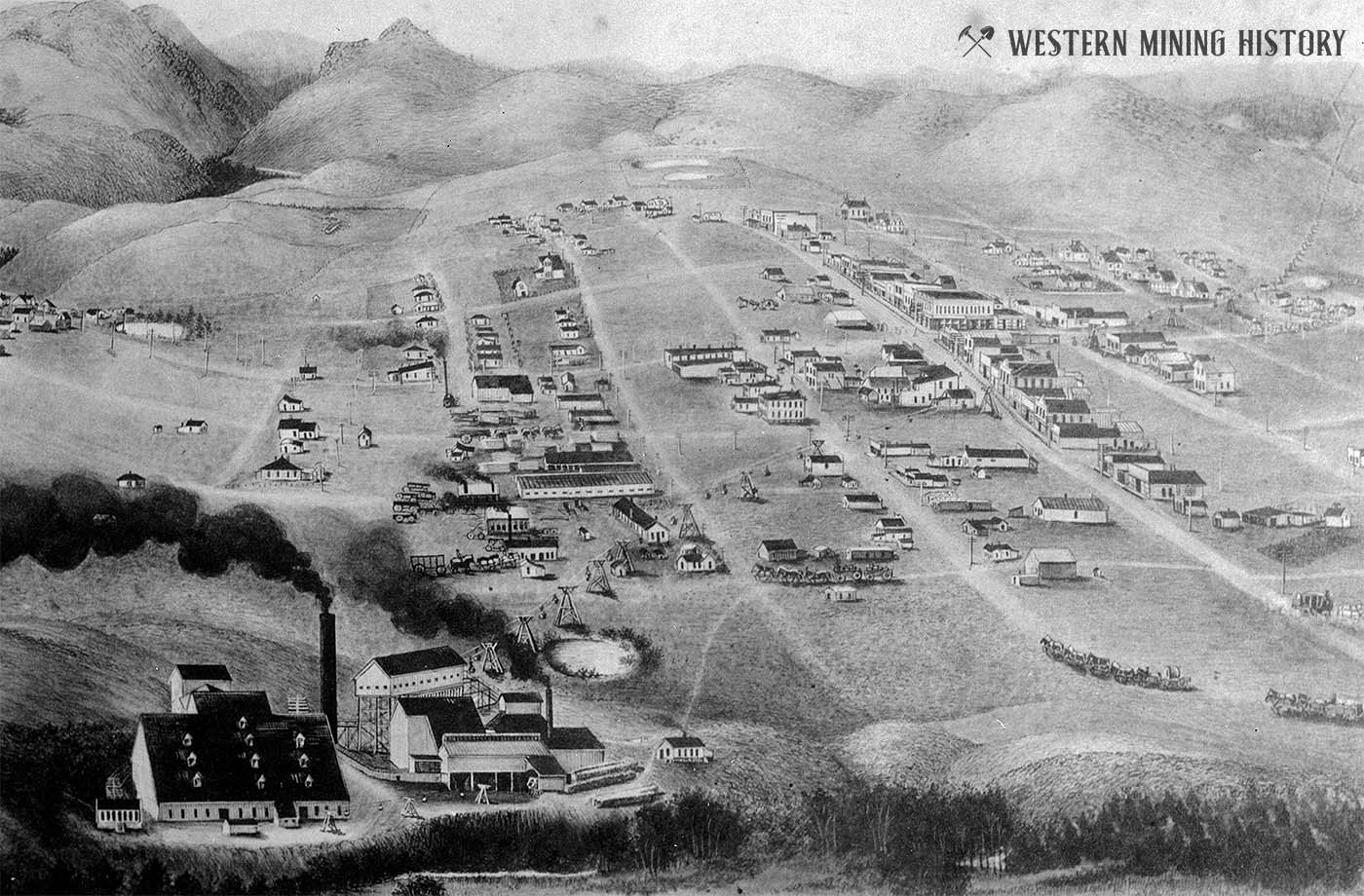
Work on the tram commenced in the spring of 1902, and was completed before the end of the year. The November 15, 1902 edition of the Salt Lake Mining Review described the tram:
The Southern Wyoming Aerial Tramway connecting the Ferris-Haggarty copper mine at Battle Lake with the Boston-Wyoming smelter at Grand Encampment has been completed. It is the longest aerial tramway in the world and the first one ever built connecting inland towns or towns not on a railroad.
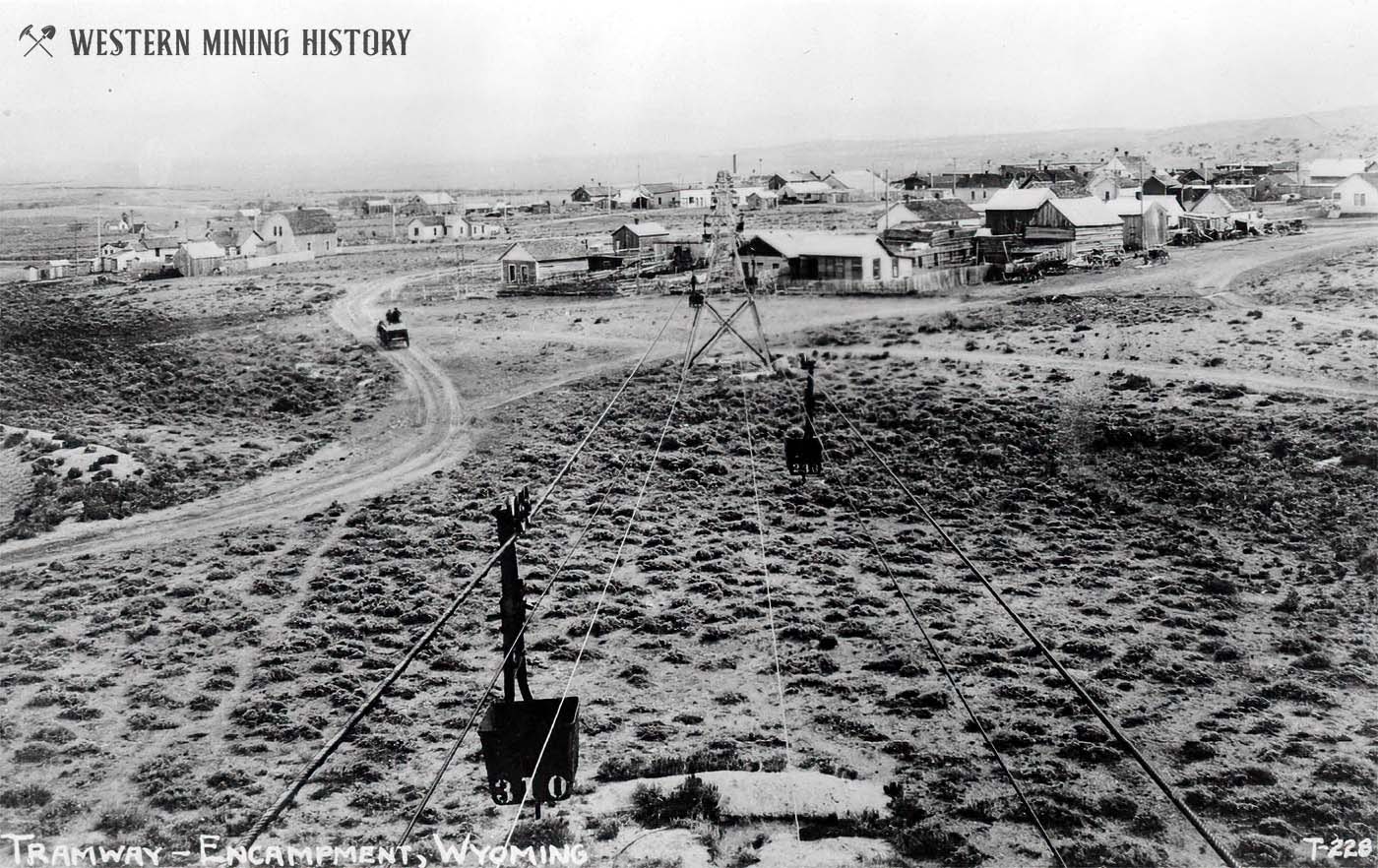
There are four divisions of four miles each. There are 270 towers, sixteen tension stations, four of which are double; 293,275 feet of cable, weighing 439,696 pounds; number of feet of timber used, 1,250,000; average number of men employed for six months, 200; actual cost, $300,000.
The smelter and reduction works, operated by the North American Copper Company, had a payroll of about $40,000 a month. Although there were other towns among the mines, Encampment became the principal commercial center of the mining district.
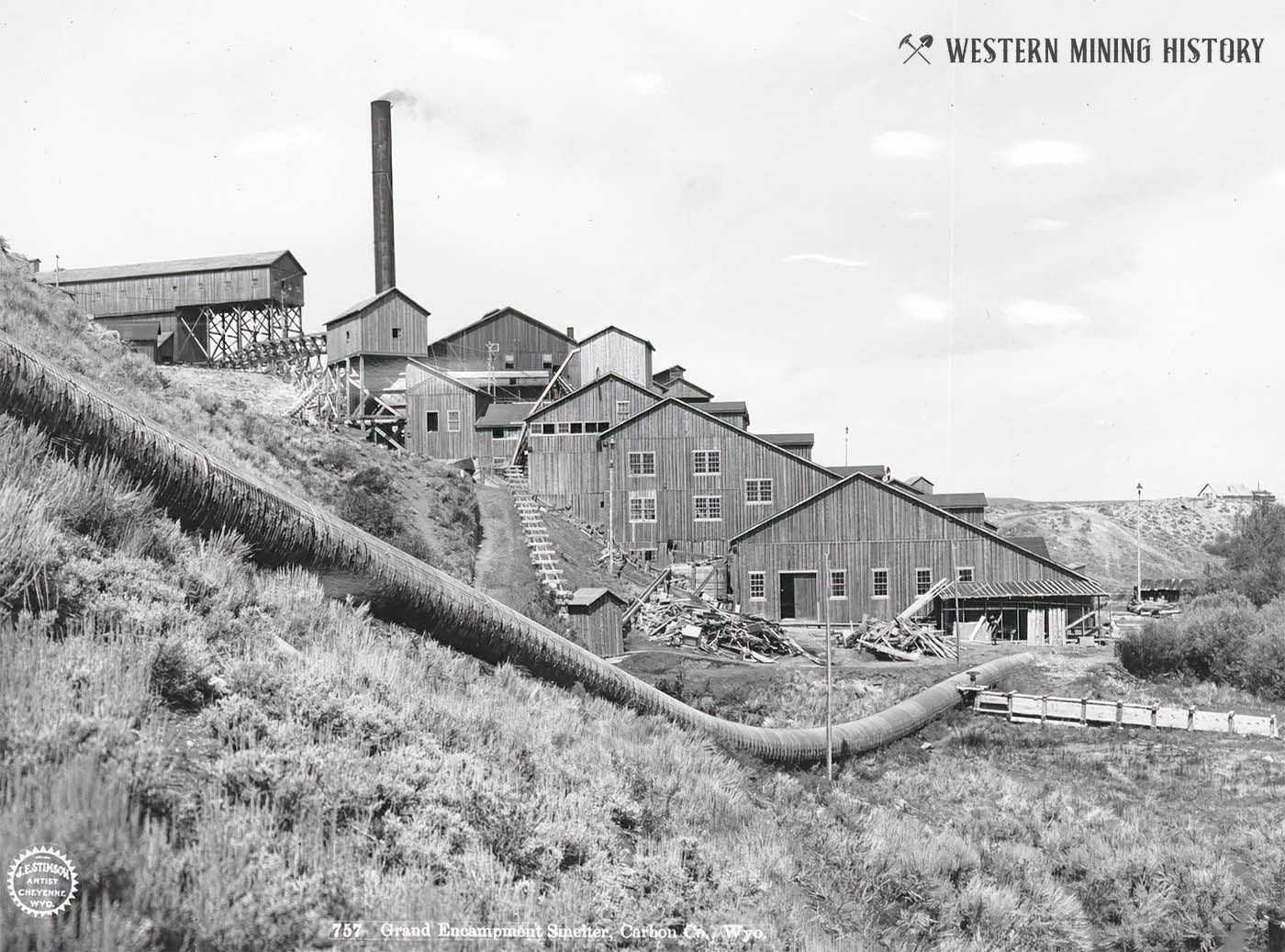
The Saratoga Sun predicted that Encampment would become the new ”Pittsburgh of the West,” or a second Denver, and even speculated that the town would become the new Wyoming state capitol.
The town of Encampment had a gravity-based water system, an electric plant, a school, and two churches serving a population of over 3,000 people.
Tragedy struck on March 28, 1906 a fire destroyed the concentrator, boiler rooms, and power house of the reduction works. Although the smelting furnaces, converters, machine shops, tramway terminal, ore bins, warehouse and office buildings were saved, damage to the plant was still over $300,000. Another fire struck the smelter in May of the same year.
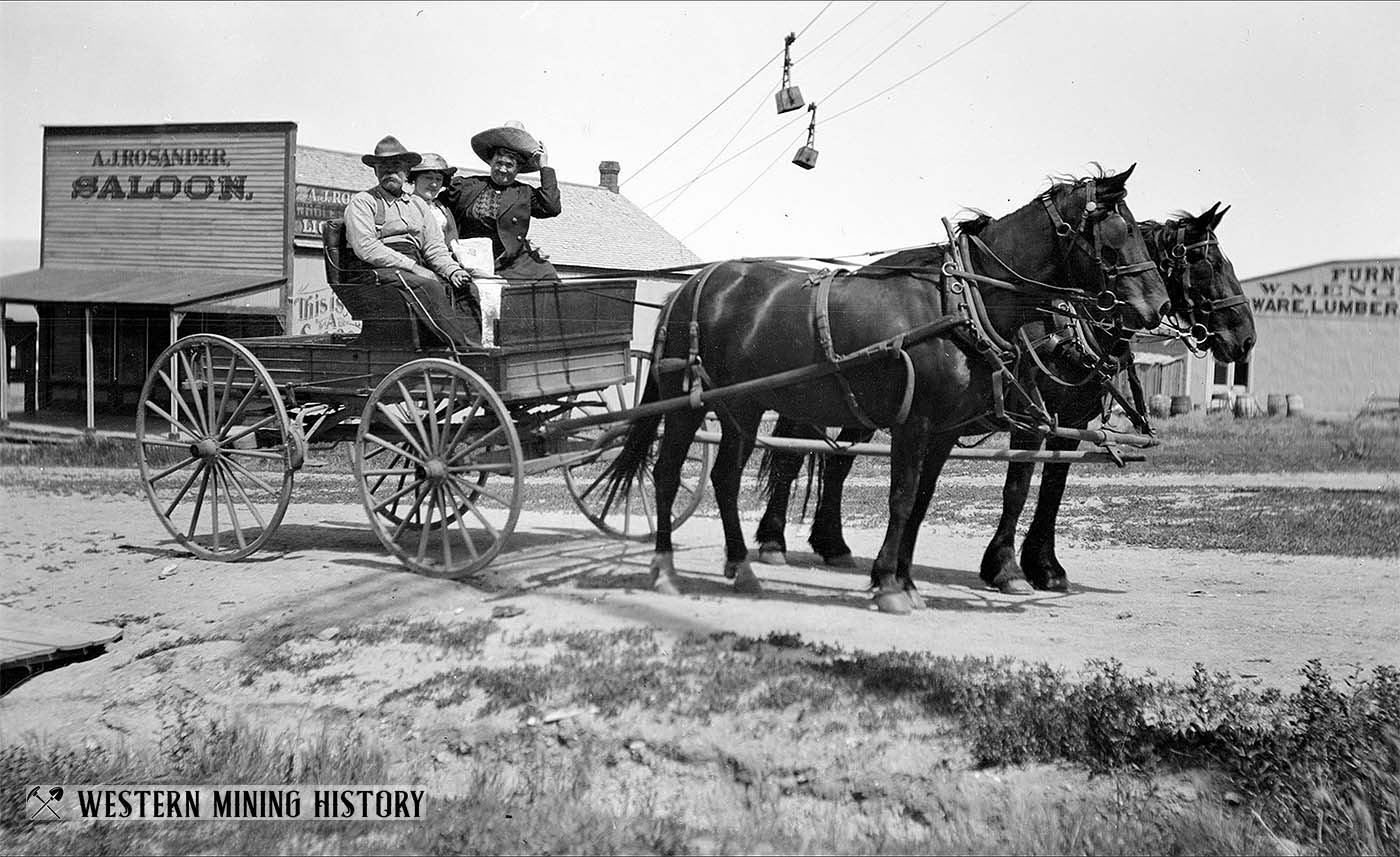
Encampment was thriving during the first decade of the 1900s, but was still without a railroad connection. In early 1904 it was reported that the Union Pacific Railroad planned to build a line from Walcott, Wyoming through Encampment, and on to Craig, Colorado. It was hoped the new line would reach the town within a year.
The project was plagued with delays however, with supply problems, difficult terrain, and harsh winter weather all conspiring to put the project years behind schedule. It was not until July 18, 1908 that the first passenger train rolled into Encampment. The town held a “Railroad Day” celebration on August 13 and 14, but it must have been a bittersweet event as the district’s fortunes had already taken a dramatic turn for the worse.
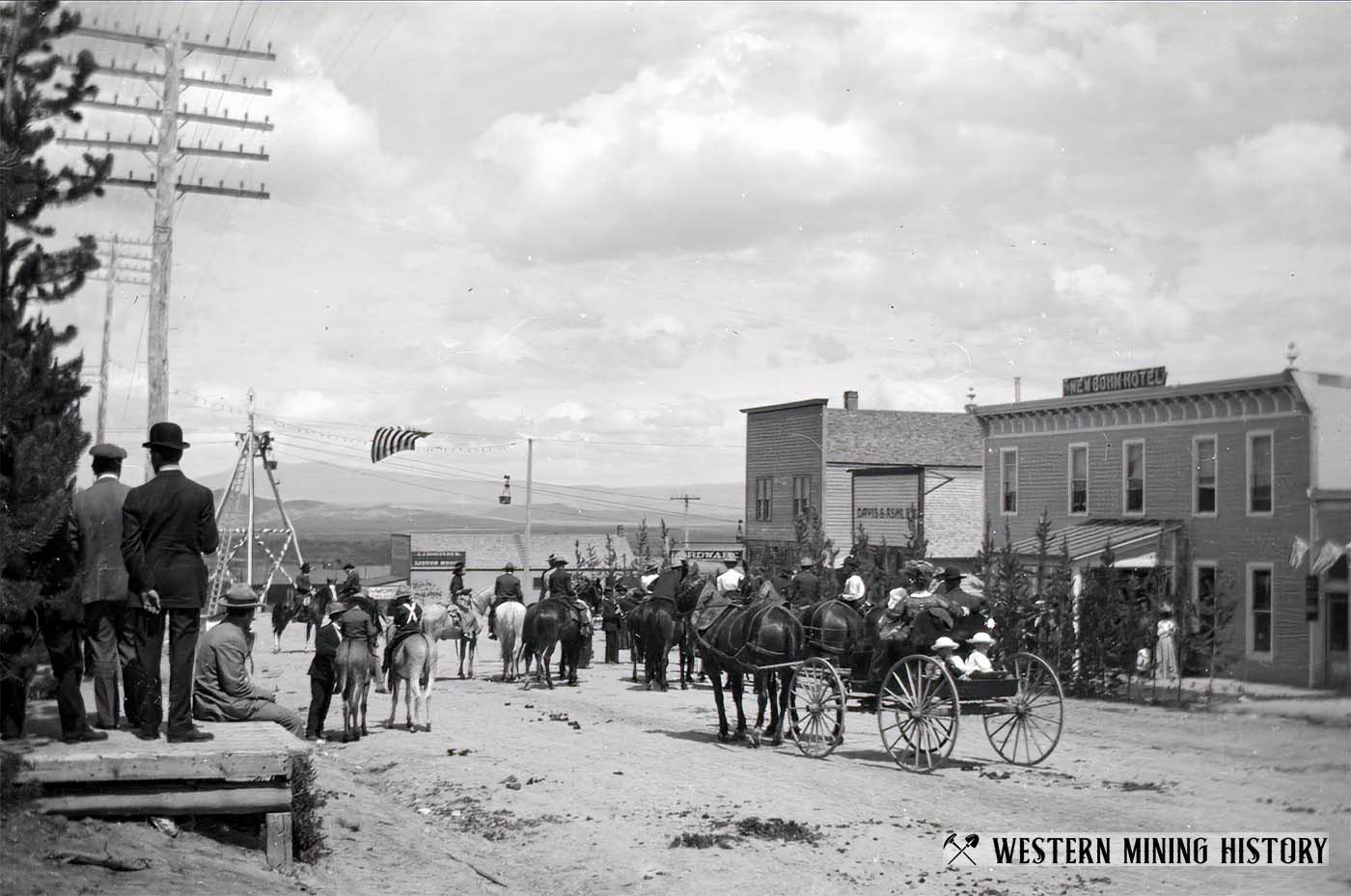
The copper operation at Encampment was already in turmoil before the railroad arrived in 1908. A combination of factors, including steeply declining copper prices, the cost of the 1906 smelter fires, and high production costs related to weather, terrain, and high transportation costs, left the North American Copper Company in poor financial condition. The town of Encampment was down to 2,000 residents by 1909.
In early 1909 the company dumped its holdings into a company named United Smelters, Railway and Copper Company, which just a year later went bankrupt. Subsequent shareholder litigation and further erosion of copper prices spelled the end of Encampment’s copper industry by 1913.
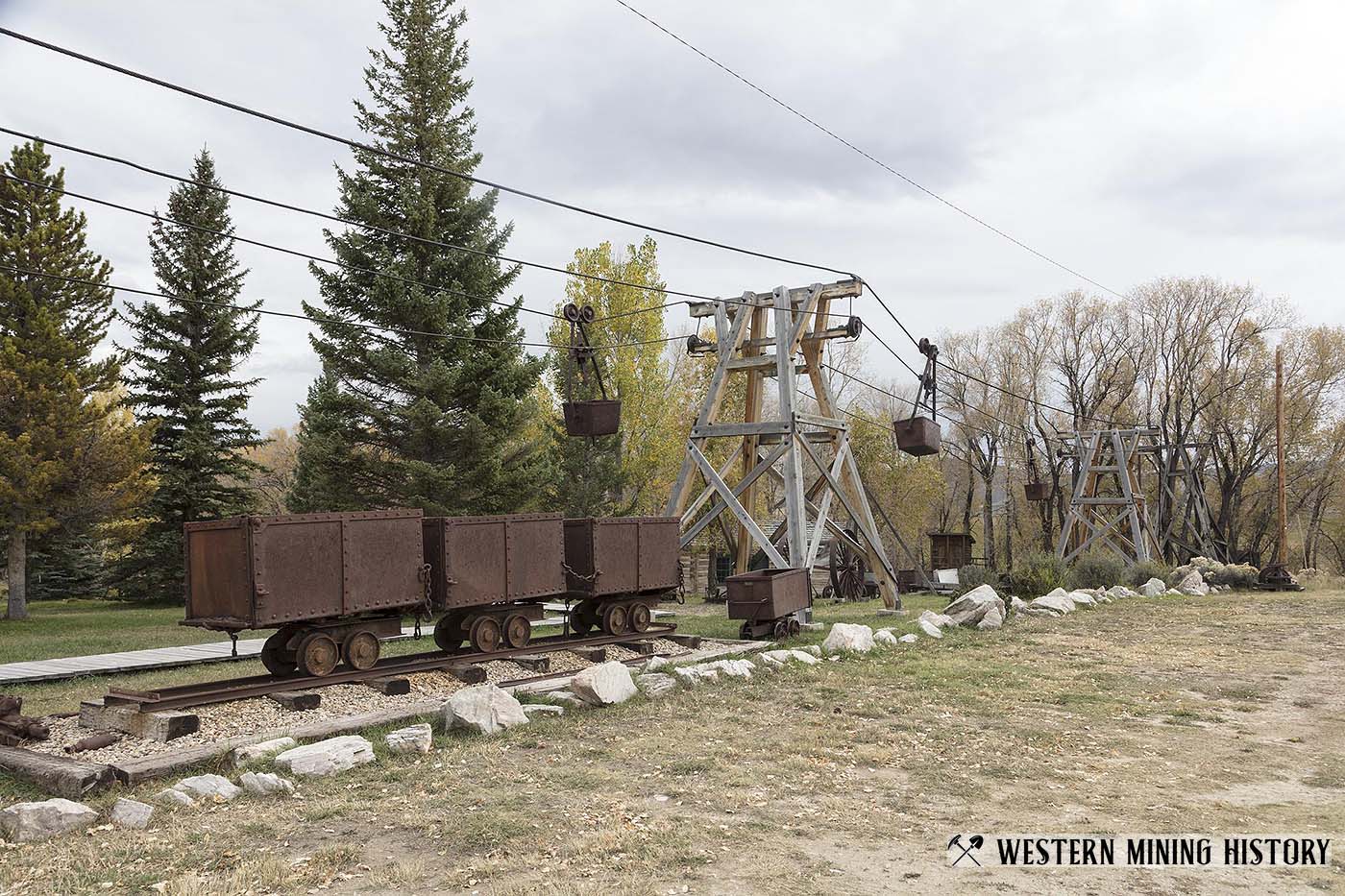
The community survived the end of the mining industry through ranching, agriculture, and logging. Today around 450 people still call Encampment home. The Boston Wyoming Smelter Site is on the National Register of Historic Places. Mining artifacts, including reconstructed towers from the tramway, can be seen at the Grand Encampment Museum.
For Members: Additional Encampment Photos
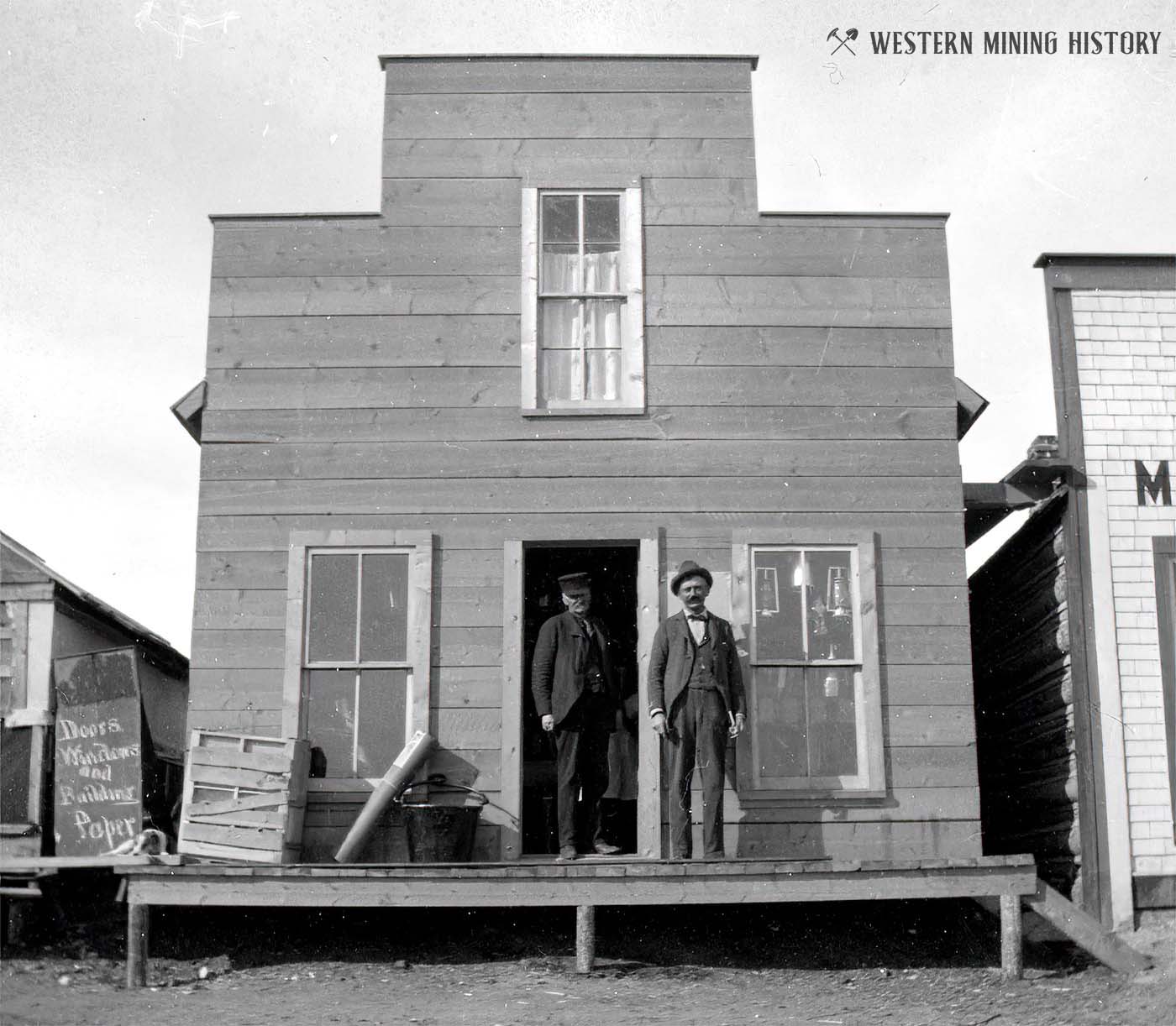
Over 20 additional photos of Encampment are available to members: Encampment Wyoming Photos
Grand Encampment: A Wyoming Copper District
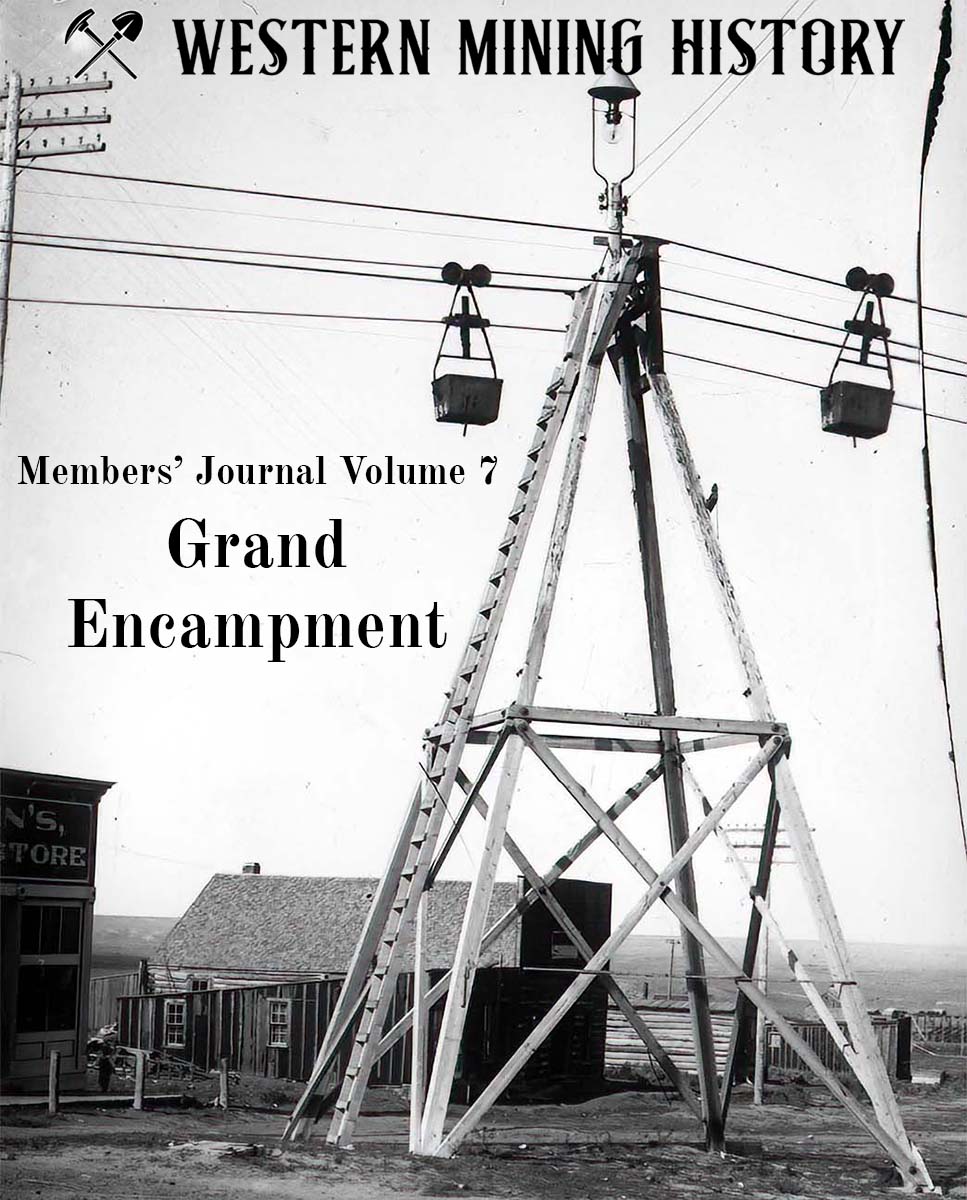
The Encampment district is notable for the sixteen-mile-long aerial tram that linked the mill and smelter at the town of Encampment with the Ferris-Haggarty mine. At the time it was completed in 1902 it was the longest aerial tramway in the world. This article examines the history and mining towns of this Wyoming copper district. Continue reading... (members only content)
